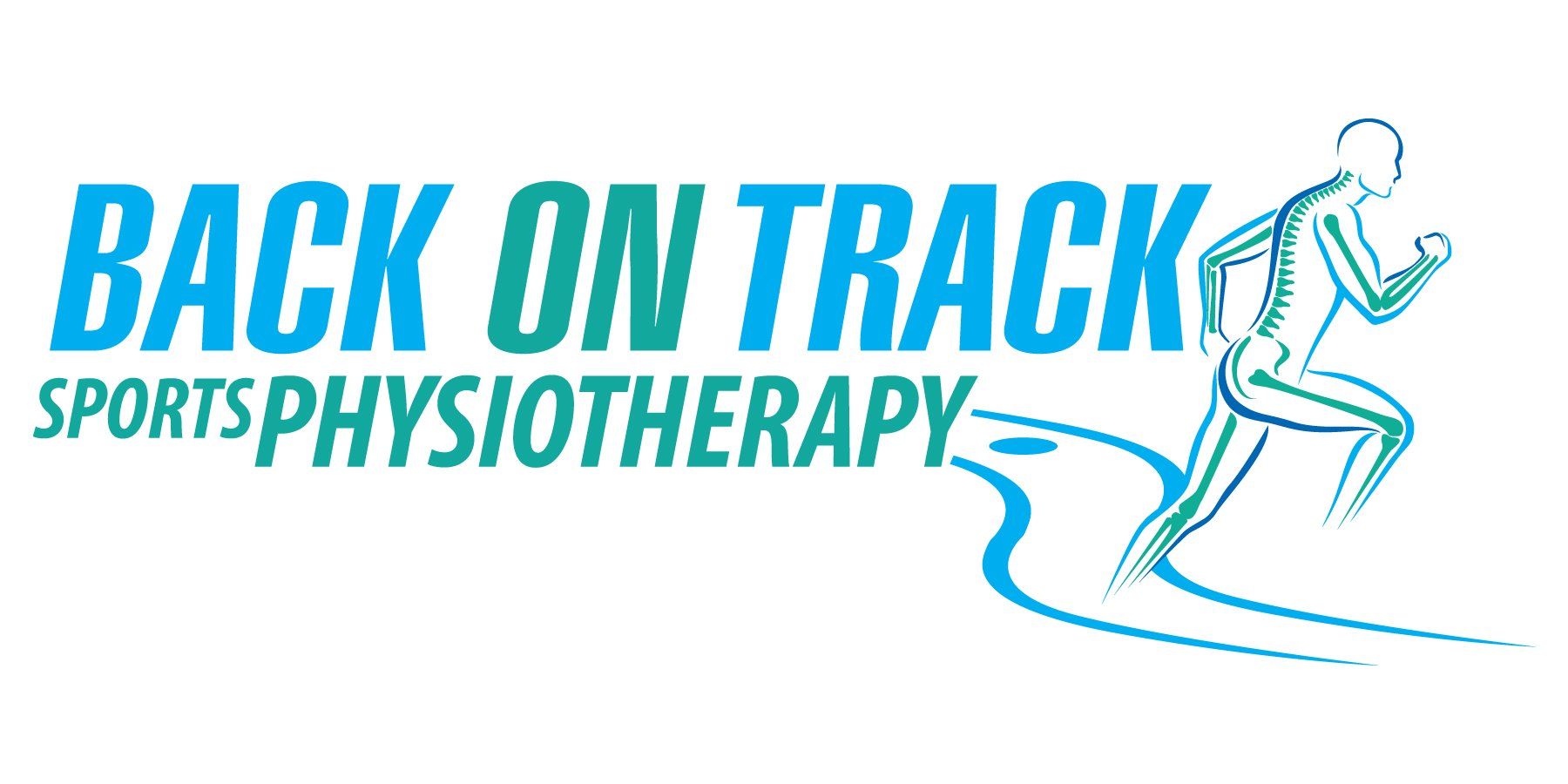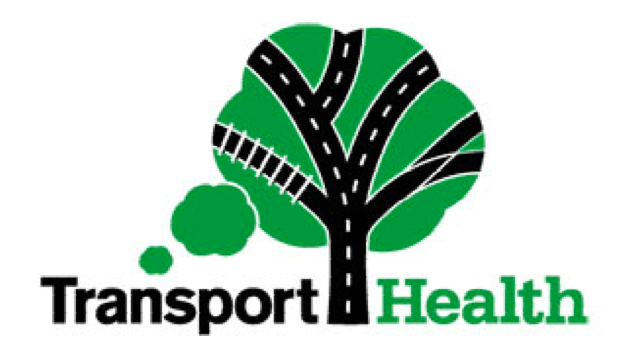Open 7 Days
Ankle injuries
Ankle injuries are a common occurrence in both everyday activities and sports. Understanding their causes, symptoms, and why the ankle is particularly vulnerable can aid in prevention and effective treatment.
Understanding ankles:
The ankle is particularly vulnerable to injuries due to its complex structure, which includes bones, ligaments, and muscles that must support body weight while allowing for a wide range of motion, making it susceptible to damage from excessive or sudden movements. The ligaments, crucial for joint stability, can easily stretch or tear under stress. Additionally, the ankle's frequent exposure to dynamic forces during physical activities and its role in maintaining balance and coordination further increase its risk of injury.
Causes:
- Trauma: from sudden impact or twisting, from jumping, or changing direction abruptly
- Overuse: repetitive stress from long-distance running or dancing
- Poor Footwear: wearing improper or worn-out shoes provides inadequate support, altering the mechanics of the foot and ankle, increasing the risk of injury.
- Uneven Surfaces: walking or running on uneven surfaces can cause ankle injuries and increase energy demands of the ankle to maintain balance, leading to overuse injuries.
- Weak Muscles: weakness in the surrounding muscles can lead to instability and injury.
Symptoms:
- Pain
- Swelling
- Bruising
- Reduced range of motion
- Sensation of 'giving way'

During your initial appointment your physiotherapist will:
1. Comprehensive Assessment 💬
Our experienced practitioners will start by discussing your relevant medical history with you, with a focus on any past injuries or conditions related to your ankle. Understanding your ankle injury history helps us tailor your treatment plan to effectively address your specific needs.
2. Thorough Examination 📋
Next, we'll conduct a comprehensive physical examination specifically targeting your ankle to accurately diagnose the underlying causes of your pain or dysfunction. This examination helps us pinpoint the root cause of your ankle issues and develop a precise treatment strategy.
3. Provisional Diagnosis 📝
Based on the assessment, we'll establish provisional diagnoses related to your ankle injury to guide our treatment approach. If required, we will refer you to complete further imaging for accurate diagnosing. Our goal is to provide you with a clear understanding of your condition and the steps necessary for recovery.
4. Personalised Treatment Plan 📅
With your ankle diagnosis in mind, we'll devise a personalised rehabilitation and treatment plan tailored to alleviate your pain and restore mobility. Our holistic approach considers all aspects of your injury and overall wellbeing.
5. Hands-On Therapy ✋
During your session, you'll experience hands-on treatment from our skilled practitioners. We utilise manual therapy techniques to relieve pain, improve mobility, and promote healing, ensuring you receive the highest quality care. These may include gentle joint mobilisation and soft tissue massage - depending on your diagnosis and what aligns with your treatment plan.
6. Education and Exercise🎓
Finally, we'll educate you about your ankle condition, providing you with the knowledge and tools necessary to actively participate in your recovery process. This includes guidance on swelling management, optimally loading the ankle and a comprehensive exercise to improve the general strength around the ankle, ankle stability and other individual goals. Together, we'll work towards achieving optimal function and mobility for your ankle.






















































